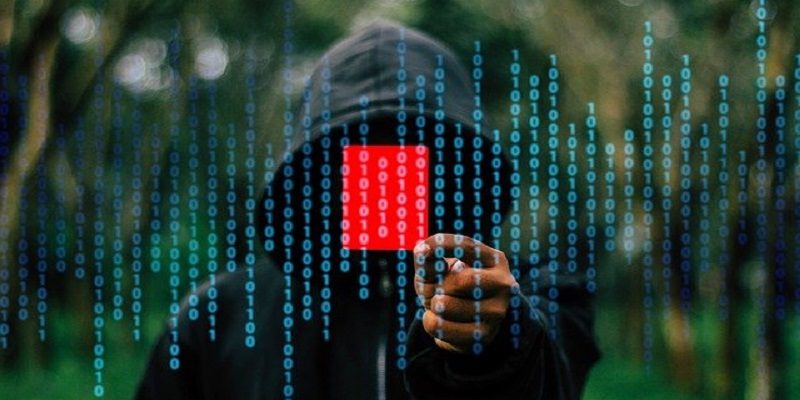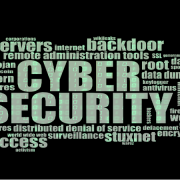By Sundar Balasubramanian, Managing Director, Check Point Software Technologies, India & SAARC
The year 2022 saw an expected increase in cyberattacks across all industries though the scale and sophistication of these attacks were varied across the world. However, it was reported that most countries could see a rise in cyberattacks within their key critical infrastructure sectors because of the vital role it plays in the lives of the citizens within that country.
The National Critical Information Infrastructure Protection Centre (NCIIPC) in India, an organisation of the Government of India designated as the National Nodal Agency in respect of Critical Information Infrastructure Protection, has identified the following as ‘Critical Sectors’ – Power & Energy, Banking, Financial Services & Industrance, Telecom, Transport, Government and Strategic & Public Enterprises. All of these, which provide services that are essential to the day-to-day functioning of society, are hives of the most sensitive and confidential data that threat actors can easily be monetised on the Dark Web, driving further cybercrime and disruption.
Unfortunately, the potential for widespread disruption has not gone unnoticed by cybercriminals. In India, close to seven critical infrastructure attacks have wreaked havoc for those within that industry – from the Oil India Limited ransomware attack in April, and in May on grounded Spice Jet flights, leaving passengers stranded for 4 hours, to Goa’s flood monitoring system in June and banking data breaches reported in August to the more recent cyberattacks on the AIIMS healthcare sector and resulting onslaught on Safdarjung Hospital in New Delhi, have left authorities understanding the need to prepare for an escalation in cyberattacks in future.
This increased risk has already been felt across the world with various national and public bodies being targeted, from governments in Cuba and Peru to water companies such as South Staffordshire Water as well as Denmark’s largest train operator and the NHS, which was impacted by a supply chain attack. With heightened political tensions across the globe, the potential for another attack on our critical infrastructure is not just concerning but highly likely. We examine what the current threat landscape looks like and how companies, as well as government agencies, can better protect themselves.
Why are critical industries more at risk?
This focus on critical infrastructure is intentional. Cybercriminals are fully aware of the impact that any disruption has on vital services, not just financially but also on public confidence. For example, in utilities, you cannot expect people to be without electricity or water, which means companies are more likely to pay in the event of ransomware. Hackers are also very observant and will strike during periods of unrest, for example using the ongoing energy crisis as an entry point for phishing or man-in-the-middle attacks.
Another common risk factor among critical infrastructure organizations is that they all have a high level of interconnected legacy tech. This could include old devices that may not be used every day but are still active, or a machine that is critical to business processes but can only operate on older software that can’t be patched. Much of this legacy, although residing on our managed networks, does not sit within the ownership of our digital and security teams. It is true that some industries are more dependent than others, such as utilities, but everyone has their own battle to overcome.
By not having a cohesive understanding of their technology estate, it makes it much harder for these industries to implement a holistic security strategy and also provides hackers with more ways to gain access to the wider network.
Is increased connectivity the problem?
This problem has been exacerbated by the introduction of IoT devices which are incredibly complex to manage and are rarely built with security in mind. As companies collect more data and expand their network infrastructures, the more attractive they become to hackers and the harder it is to defend against threats.
It’s vital that past experiences such as the Colonial Pipeline are not forgotten, but instead used to fuel next steps. While increased connectivity does widen the attack surface and make it more difficult to manage, there are technologies that help secure IoT devices against new threats and make this transition period smoother.
It is important that we do not stand in the way of technological progress. If we look at the transportation industry, when we board a plane, we have no idea whether a pilot is in control or if it is just on autopilot. But we still go on holiday and travel with confidence. It is possible to build the same level of trust when it comes to advances in driverless cars, despite their increased connectivity and reliance on IT. To get there, manufacturers need to be building security into these products. If things are designed with security in mind, they are less likely to get breached. This is a transferable message that needs to underpin every new decision, in every sector but especially critical infrastructure.
Securing our future
Many organizations are good with risk management but are missing the end-to-end cyber strategy that covers everything from employee engagement and BYOD security to firewall management and anti-malware protection. Missing any one element can create vulnerabilities with damaging consequences.
What is the takeaway from this? I think there are four key elements:
- Communication is key: You are only as strong as your weakest link so it’s crucial that there is an open dialogue within a company from the boardroom to the IT department. Any device that has access to the company network can allow hackers to gain access if it’s not properly managed. The problem is multiplied by the shift to home and hybrid working so organizations should be talking with employees and educating them on how to stay secure.
- Visibility and segmentation: It’s impossible to successfully secure a network without understanding the assets within it. Taking a full inventory, including cloud assets and data stores, will expose any weaknesses such as unpatched security updates or devices that have outdated firmware. Once you have mapped the network you can then implement strategies such as segmentation, which creates virtual internal barriers that stop hackers from moving laterally and creating widespread damage.
- CISOs need to do their part: The role of a CISO is to make sure that the board has greater understanding of the risks facing a business. Your job is to influence and make it clear to them in language they understand. This means spelling out the business consequences of weak security. There is a general lack of communication between CISOs and the wider business, and that needs to change in order to better secure our critical services.
- Need for an overarching authority: As we look at the challenges facing critical infrastructures, it’s clear that companies in all sectors need to elevate their cybersecurity programs. But they cannot do it on their own. We need a unified regulatory body that can help these sectors implement standard practices. This will reduce disparities in cybersecurity spending, for example across energy and water.
Across the world, the critical infrastructure sector is a bright flashing beacon attracting cybercriminals far and wide. The threat level continues to grow, and the consequences only become more severe we have seen for ourselves here in India. Now is the time to take action and prevention should be at the heart of every step they take to better secure themselves.






